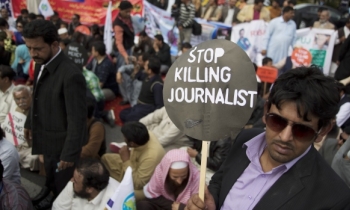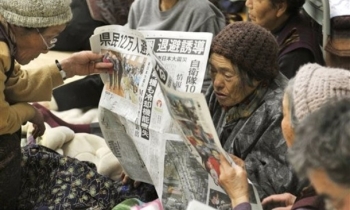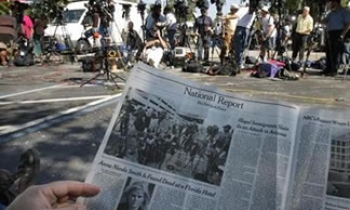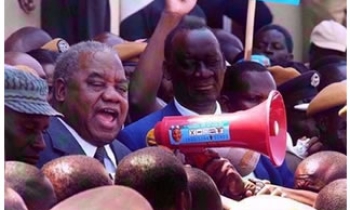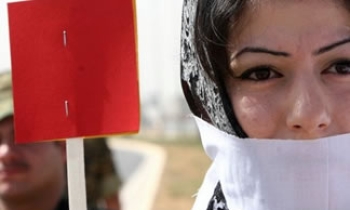The US military has defended the erasing by an American soldier of journalists' footage of the aftermath of a suicide bombing and shooting in Afghanistan last week, the Associated Press (AP) has reported. The military said that publication could have compromised an investigation and led to false public conclusions.

The comments came Friday in response to an Associated Press protest that a US soldier had forced two freelance journalists working for AP to delete photos and video at the scene of violence March 4 in Barikaw, eastern Afghanistan. At least eight Afghans were killed and 34 wounded in the incidents.
“Investigative integrity is one circumstance when civil and military authorities will reluctantly exercise the right to control what a journalist is permitted to document,” Col. Victor Petrenko, chief of staff to the top US commander in eastern Afghanistan, said in a letter Friday. He argued that photographs or video taken by “untrained people” might “capture visual details that are not as they originally were.”
AP Executive Editor Kathleen Carroll countered, “That is not a reasonable justification for erasing images. AP's journalists in Afghanistan are trained, accredited professionals working at an appropriate distance from the bombing scene. In democratic societies, legitimate journalists are allowed to work without having their equipment seized and their images deleted.”
Afghan witnesses and gunshot victims said US forces fired on civilians in cars and on foot along at least a six-mile stretch of road from Barikaw following the suicide attack against the Marine convoy, the AP report said. The US military said insurgents also fired on American forces during the attack.
A US soldier deleted the AP journalists' footage that showed a civilian four-wheel drive vehicle in which three Afghans were shot to death about 100 yards from the suicide bombing. The journalists had met requests from the military to not move any closer to the bomb site. Other Afghan journalists said the military also deleted their footage.
“When the war is about hearts and minds, winning public opinion is the be-all and end-all, and there's quite a temptation to interfere in a country with a now thriving media,” a BBC article commented. According to BBC, last summer, a document was circulated to journalists by intelligence officers, and they were urged to sign up to an order banning criticism of the NATO mission, or of representing the Afghan armed forces as "weak", leading news bulletins with "terrorist activities" or filming or interviewing "terrorist commanders".

Petrenko said that if people who are not part of the investigation entered such a “secured area” they could disturb evidence and other clues, “potentially fouling the conclusions of the investigation.” He said taking pictures could also misrepresent what had happened in the incident.
“When untrained people take photographs or video, there is a very real risk that the images or videography will capture visual details that are not as they originally were,” he said. “If such visual media are subsequently used as part of the public record to document an event like this, then public conclusions about such a serious event can be falsely made.”
AP also raised concerns about the military's efforts to restrict its coverage of the February 15 crash of a US helicopter in southern Zabul province in which eight soldiers were killed and 14 wounded. Two AP journalists and their vehicle were searched extensively in an effort to prevent footage of the wreckage getting out.
Petrenko justified that action on the grounds of “operational security” exercised when “equipment, aircraft or component parts are classified.” He said the US military had no intention of curbing freedom of the press in Afghanistan.
“We are completely committed to a free and independent press, and we hope that we can help encourage this tradition in places where new and free governments are taking root,” Petrenko claimed. “It so happens that on these two recent occasions, military operational or security requirements were compelling interests that overrode the otherwise protected rights of the press.”



